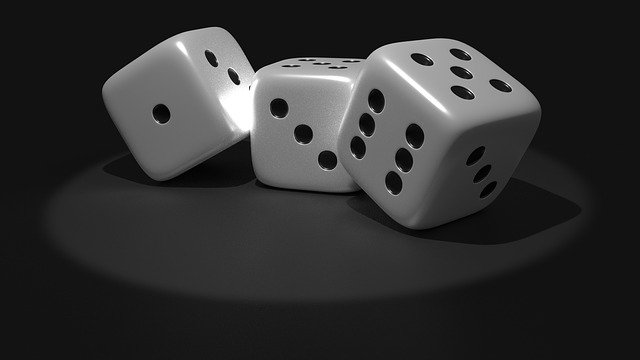Basics of Probability
Concept simply explained
This page explains the all new simpler approach to understand probability. With Basic terms, some solved example given below would make sure you understand the concepts.
Lets understand the basic terms used in probability. This will help you in solving complex problems of probability.
-
EXPERIMENT
- Any problem statement is an experiment. Rather any action performed is an experiment.
- SAMPLE SPACE
- Now every experiment has an output or outputs – Correct? The total possible outcomes of an experiment are called SAMPLE SPACE.
-
Let’s understand by an example
- Conduct an experiment – Toss a Coin, Output can be either a tail or a head. Total number of outputs =2. So, the sample space = 2 elements (Head or Tail).
- Pick a student from a class of 60 students, conduct an experiment of picking a student out of these, Sample space = 60 (Total number of possible outcomes)
- Roll a dice: Total number of possible outcomes = 6 so, the sample space =6.
- Pick a Card from deck of cards, Sample Space = 52.
-
EVENT
- Any question asked about the sample space is an EVENT.
- Pick a student whose name starts from alphabet “A” from a class containing 52 students.
- Draw a king from deck of cards.
-
FAVORABLE EVENTS
- It defines the total number of cases out of sample space which favors the question asked in the event.
- Examples
- If the event is drawing a king from deck of cards, then favorable events = 4 (Total of number of kings)
- If the event is picking a student, whose name start from alphabet “A” so favorable event = Total number of students in class whose name start from alphabet “A”.
- If the event is getting an odd number from when dice is rolled, then favorable events = 3 (Total number of odd numbers in dice)
- Examples
- It defines the total number of cases out of sample space which favors the question asked in the event.
- Any question asked about the sample space is an EVENT.
HOW TO CALCULATE THE PROBABILITY –
PROBABILITY OF AN EVENT = NUMBER OF FAVORABLE EVENTS / SAMPLE SPACE
Problem-1
What is the probability of picking a student whose name starts from alphabet “A” from class of 60 students? Number of students with alphabet “A” = 20.
Solution:
Event: Picking a student with name starts from “A”
Sample Space = 60
Favorable Events = 20
Probability = 20/60 = 1/3.
Problem-2
What is the probability of getting an vowel out of English alphabets?
Solution:
Event: Draw an alphabet from English alphabets.
Sample Space: 26 (No. of alphabets)
Favorable Events: 5 (Number of vowels in English)
Probability = 5/6.
Problem-3
What is the probability of getting 53 Sundays in a leap year?
Event: Pick Sunday day from a leap year.
Sample Space: Every non leap year has 52 weeks (52×7=364 days). Now the leap year will
have 366 days, which means 2 days extra – which can be any of the following combinations
(Monday, Tuesday), (Tuesday, Wednesday), (Wednesday, Thursday), (Thursday, Friday), (Friday, Saturday), (Saturday, Sunday) or (Sunday, Monday)
Count the number of Pairs = 7, Therefore Sample Space =7.
Favourable Events: Count number of pairs containing Sundays. How many did you find?
There would be two (Saturday, Sunday) and (Sunday, Monday). Therefore,
Favourable Events=2
Probability of the Event = Favourable Events/Sample Space = 2/7.
Basic Laws of Probability
Rule-1: P (Event A or Event B) = Prob (Event A) + Prob (Event B) – Prob (Common between A and B)
- Also Written as P (AUB) = P (A) + P (B) – P (A∩B)
When there is not nothing common between events, Called Mutually Exclusive Events, Prob (Common between A and B) = Zero
Rule-2: P (Event A or Event B) = Prob (Event A) + Prob (Event B)
- Also written as P(AUB) = P(A) + P(B)
- Also Known as Mutually Exclusive Events
- When – When ever you see “OR” in the problem statement – Be ready to use this formula.
Problem-4
A Card if drawn from deck of cards. Find the probability that is King or Queen.
Solution:
- Experiment: Draw a Card from Deck of Cards.
- Event: Draw King or Queen
- Sample Space: 52 (52 Card in Deck)
- Favourable Cases: 4 Kings or 4 Queens = 4
- When you draw a card from deck – One card can either be KING OR QUEEN. So both cant be drawn together, It’s a MUTUALLY EXCLUSIVE Events.
- Probability: P (King) + P (Queen)
- Probability of King = 4/52 and P (Queen) = 4/52
- Probability of the event given = 4/52 + 4/52 = 8/52

